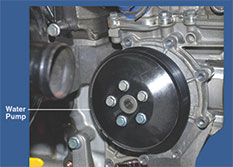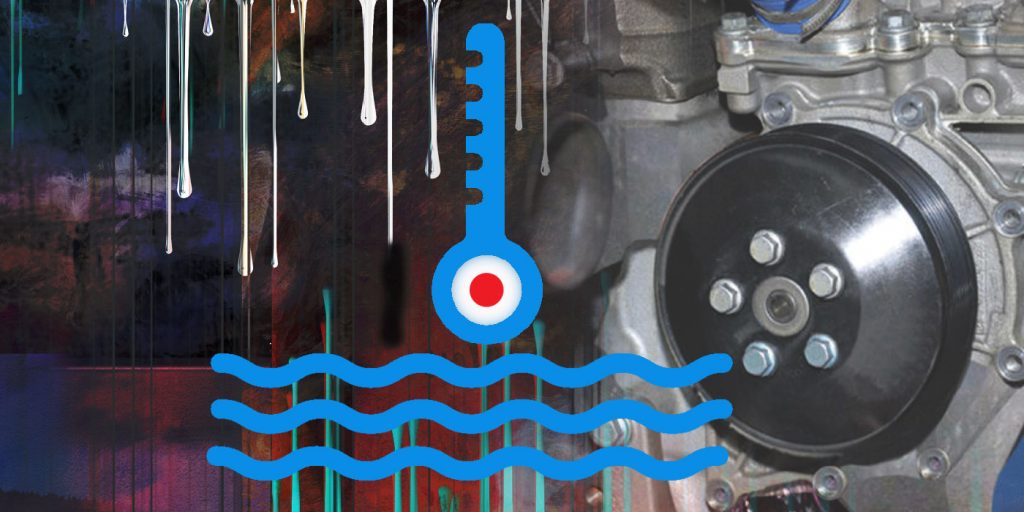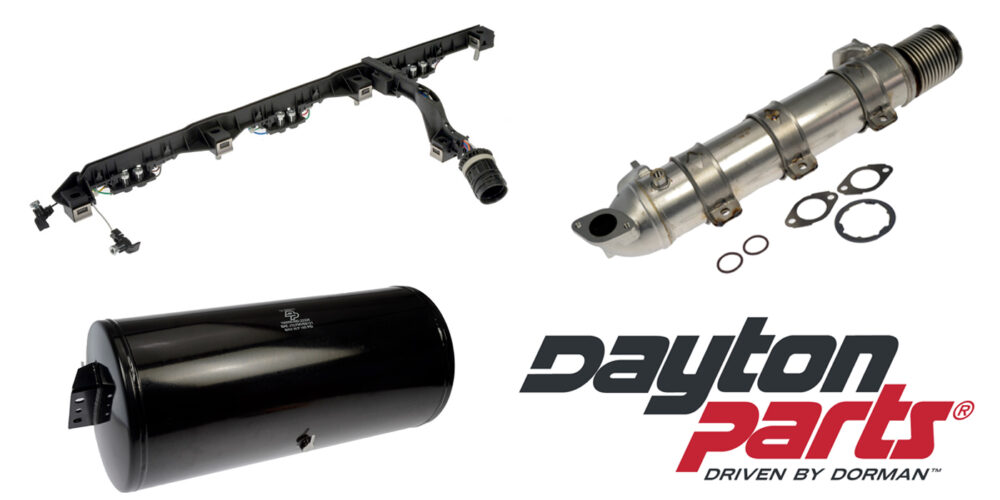Fleets may pay greater attention to truck cooling systems when preparing for seasonal changes where extreme low or high temperatures test the capabilities of the system. This extra attention to the cooling system does help keep the truck on the road. However, the best way to avoid downtime is to keep the cooling system in proper order with regular maintenance and pre-operation checks throughout the year.
This is perhaps preaching to the choir, but spotting coolant loss early is a key part of minimizing cooling system failures that take the truck out of service. Yet, the more trouble-free and low maintenance that systems become, the greater the likelihood that the system will be ignored.
When a major leak occurs, it causes the engine temperature to increase. Most of today’s engines will set a high temperature trouble code when the coolant temperature exceeds set parameters. These trouble codes will also begin to de-rate the power output of the engine. Still, not all cooling system problems begin with a catastrophic failure. Minor leaks that bring about the need to regularly add coolant are likely big problems in the making.
So, let’s take a look at some possible cooling system trouble spots that may be causing a loss of coolant.
The radiator hoses, heater hoses, and other related piping are often problem spots. Hoses that are oil damaged will become weakened and may start with a slow leak before bursting. Hoses may also be damaged by hot exhaust manifolds and piping that makes the hose brittle and prone to cracking. Piping can rust or corrode from the outside as well as from the inside. Watch for debris that piles on top of steel pipes that creates an opportunity for rust to form. Inspect hose clams for being too loose or cutting into the hose.
The radiator also needs to be examined for signs of leakage. The heater-core is typically difficult to observe, but telltale signs such as a coolant smell in the cab or damp carpet below the heater core can signal a problem. In addition, take a look at the remote radiator tank or the coolant recovery bottle (if so equipped) for seepage or damaged hoses. Then, inspect the radiator cap for proper operation.
Now, let’s take a look at the engine itself. Start by looking for any external coolant seeping; note that manufactures may indicate that some seeping from the coolant pump is normal. Be sure to check the applicable truck service information before assuming such seepage is a problem.

Next, is there any sign of coolant in the engine oil? Other testing will need to be performed to determine if combustion gases are entering into the cooling system. If equipped, the air compressor may also experience internal leaks that allow coolant into the air system or the engine.
Finally, inspect any other areas where coolant flows. This will obviously vary depending on the vehicle and application. For instance, the DEF tank will be heated by coolant piping flowing through the DEF tank header.
While most technicians will be familiar with the common leak points on vehicles in the fleet, the intention here is simply to remind everyone about how easily minor problems can turn into major ones when overlooked. Get the problem stopped before it turns into a tow-in event causing even greater cost and downtime.
Additional tips for repair and maintenance of Class 4-8 trucks may be found in the Mitchell 1 ShopConnection Truck blog: mitchell1.com/shopconnection/category/truck.
Jake Schell is the associate product manager for Mitchell 1’s Commercial Vehicle Group.














